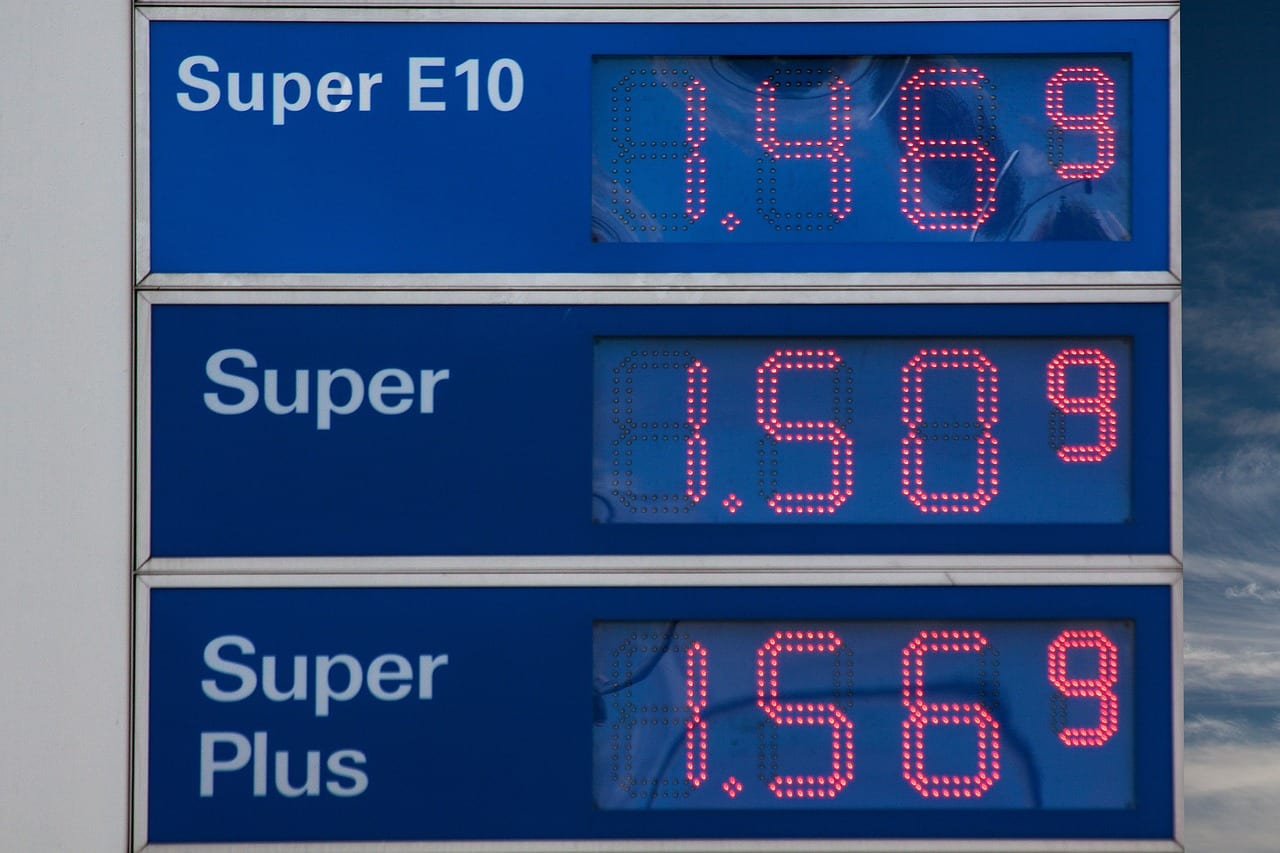Oil prices tumbled nearly 5% after an unexpected build in U.S. crude stockpiles and on fears of slowing demand, but halved their losses in post-settlement trade
Oil prices tumbled nearly 5% on Wednesday after an unexpected build in U.S. crude stockpiles and on fears of slowing demand, but halved their losses in post-settlement trade on talk that Saudi Arabia was mulling options to halt crude’s descent, alongside other producers.
Brent crude futures LCOc1 settled down $2.71, or 4.6%, at $56.23 a barrel, the lowest close since early January. Prices have lost 24.5% since their 2019 peak in April.
U.S. West Texas Intermediate (WTI) crude futures CLc1 finished $2.54, or 4.7%, lower at $51.09.
Both benchmarks then traded more than $1 higher than their settlement in the after-market, with Brent at $57.42 a barrel and WTI at $52.35 by 4:29 p.m. EDT (2029 GMT).
Traders said there were reports that Saudi officials were considering all options to stop the drop in oil prices, and that they believe the fall has been caused by fears of an economic slowdown, not an oversupply of crude.
Oil prices fell early in the session on worries about the trade war, then extended losses after government data showed a build of 2.4 million barrels in U.S. crude stockpiles last week, instead of the 2.8 million-barrel draw analysts had expected.
The oil markets then extended their losses after government data showed a build of 2.4 million barrels in U.S. crude stockpiles last week, instead of the 2.8 million-barrel draw analysts had expected.
U.S. crude oil inventories had declined for seven consecutive weeks prior to last week’s build but were still about 2% above the five-year average for this time of year, the U.S. Energy Information Administration (EIA) said.
U.S. gasoline inventories rose 4.4 million barrels, and distillates rose 1.5 million, with both fuels in the Gulf Coast region hitting their highest on record for this time of year.
The stats were a major disappointment to the market with crude and product builds, said Andy Lipow, president of Lipow Oil Associates in Houston.
With refiners increasing their utilisation, product supplies are more than adequate as we head into the home stretch of the driving season, Lipow said.
Brent has plunged nearly 14% since last week as global equity markets went into a tailspin after U.S. President Donald Trump said he would impose a 10% tariff on a further $300 billion in Chinese imports from Sept. 1.
The market continues to trade lower on concerns about demand growth and the idea that economic growth can be impacted by the trade war, said Gene McGillian, vice president of market research at Tradition Energy in Stamford Connecticut.
The market isn’t concerned about anything other than how demand is going to play out through the rest of the year, he said.
This week, the EIA reduced its forecast U.S. demand for crude and liquid fuels. The agency also cut its forecast for global crude and liquids consumption by 0.1% for both 2019 and 2020.
People saw those numbers and it put a negative vibe in the market, said Robert Yawger, director of energy futures at Mizuho in New York.





